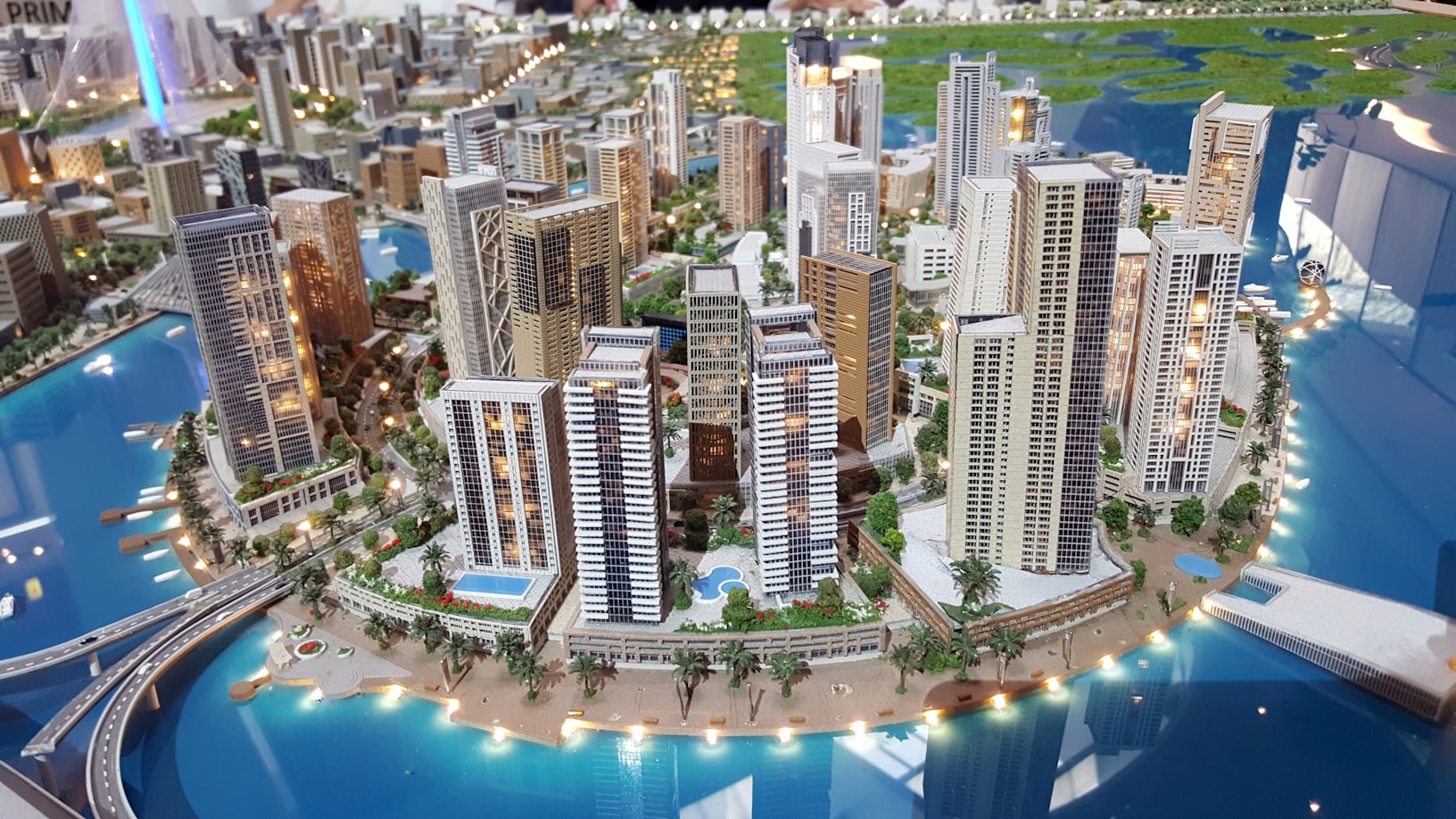What Distinguishes 3D Scanning From 3D Modeling?
The two technologies seem to be similar, yet they really differ in significant ways. To grasp them both better, let's examine their definitions as well as some instances of how they are used in actual situations. You'll be able to tell a 3D scan from a 3D model as a consequence.
The Process Of Creating A Three-Dimensional Model Is Known As 3D Modeling
3D modeling is a method for employing computer graphics to create a three-dimensional representation of any object or surface. The use of this technology is prevalent in the arts. It is used by architects to create a three-dimensional representation of their creations, by game designers to bring their characters to life, and by Hollywood for stunning effects.
Since the computer manages everything in this method, it greatly reduces the need for a human to interact personally with the duplicate of a real object. Imagine that you are an Australian interior designer who has been hired for a position in the US. Fly to the client's location or make a 3D model of the inside of the client's house are your two possibilities. Unless you actually enjoy traveling, creating a 3D model is much simpler.
To create virtual versions of things that don't yet exist, we may use 3D modeling. It will be far easier to convince investors of the intricate and beautiful nature of your design in a 3D model as opposed to on paper, for instance, if you're an architect and have a great concept for a building that hasn't yet been constructed.
The 3D body scanning technology, which gives a wide range of customization choices, is another exciting application that 3D scanning and modeling companies are working on. It might also be utilized by apparel firms to create customized sportswear and 3D selfies, as well as the ideal wardrobe for any body type.
Some of the most important advantages of 3D modeling are the ones listed below:
- It is feasible to create a model of an imaginary object
- No need to go to collect information
- Without needing to manufacture a product, you can gauge its demand
- There are many design options
3D Scanning
An object or surface is scanned in three dimensions using a laser. A laser scanner is often used for this, which records all of the contour details about the object or surface using a unique sensor. It works well for creating intricate settings. You might recreate an existing design using 3D scanning and test it to see if it can be improved. Imagine you need to figure out a building's tolerance for seismic faults. With the use of 3D scanning and simulated seismic conditions, this structure may be reproduced and evaluated.
Benefits of 3D scanning include:
- Quicker information gathering
- Methods for quick data collecting
- Perfect accuracy
3D scanning and 3D modeling have different applications. For instance, 3D scanning could be more advantageous if you need to gather information on complex things. If the object you want to explore does not yet exist, 3D modeling is your best bet. It all depends on your project, your industry, and what you want to accomplish in terms of time savings. Laser scanning can collect a lot of information quickly, but as we saw in the case above, it may also potentially cut down on trip time. Last but not least, remember that 3D scanning requires an actual object to be scanned. You will need to use 3D modeling if you don't have access to such an item.

